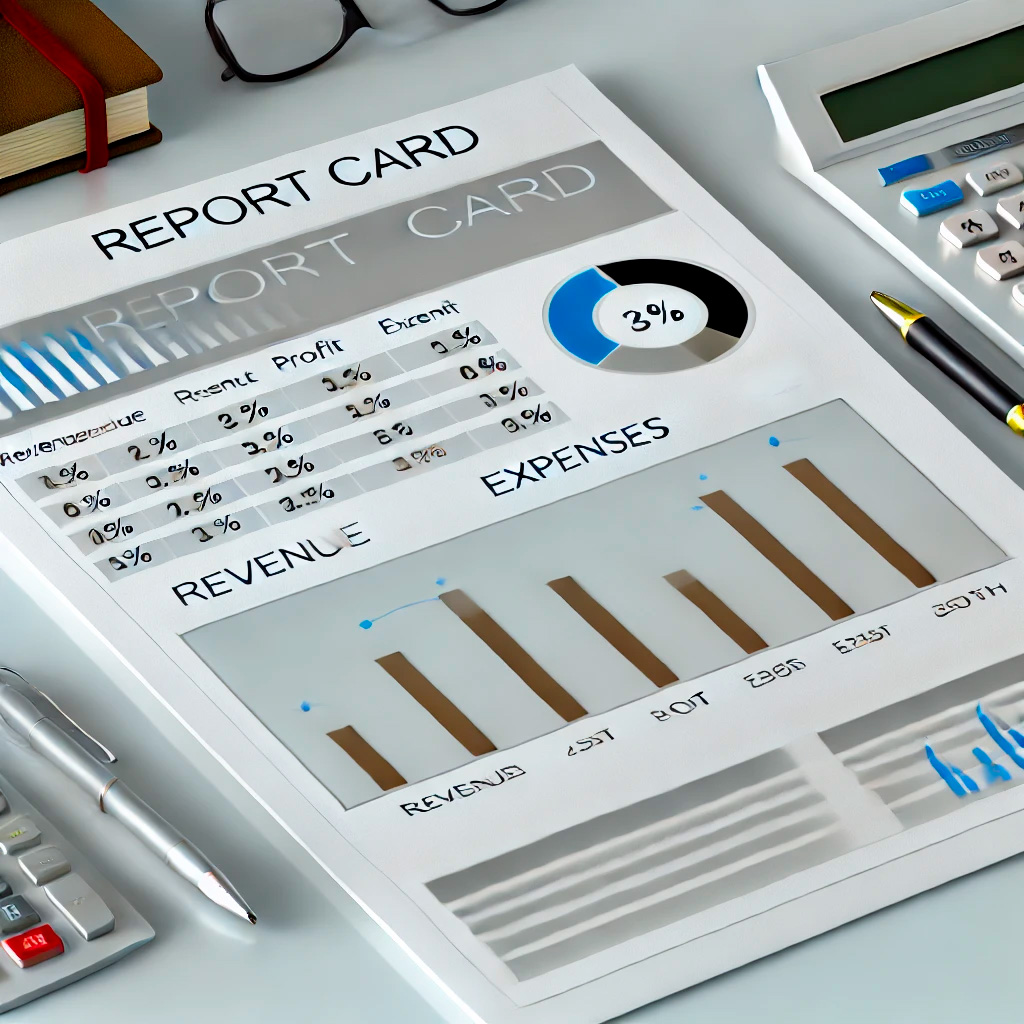
What Is a Profit and Loss Statement (P&L)?
The P&L is one of the three main financial statements, along with the Balance Sheet and Cash Flow Statement. Together, they give a comprehensive picture of a company’s financial health.
Different industries might have slightly different P&L structures. For example, a software company might not have “Cost of Goods Sold” but instead have “Cost of Revenue,” which could include things like server costs and customer support.
What Does a P&L Include?
A P&L statement typically includes:
- Revenue: The money you’re bringing in from sales.
- Expenses: What it costs to run your business.
- Profit (or Loss): What’s left after you subtract expenses from revenue.
What Can You See in a P&L?
Here’s a simple breakdown of what you might see on a P&L:
- Revenue: Total income from sales or services.
- Cost of Goods Sold (COGS): Direct costs of producing goods or services.
- Gross Profit: Revenue – COGS.
- Operating Expenses: Costs of running the business, such as salaries, rent, and utilities.
- Operating Profit: Gross Profit – Operating Expenses.
- Other Income/Expenses: Non-operational income or costs, such as interest or investments.
- Net Profit (or Loss): The bottom line: Operating Profit +/- Other Income/Expenses.
Why Does the P&L Matter?
The P&L doesn’t exist in isolation; it’s a crucial tool for decision-making. It helps business owners and stakeholders:
- Understand if they’re making money.
- Identify where their expenses are highest.
- Evaluate operational efficiency and profitability.
For investors, it provides insights into a company’s profitability and operational efficiency. The P&L focuses on performance over time, while other financial statements, like the Balance Sheet and Cash Flow Statement, provide different perspectives.
Time Periods for P&L Statements
P&Ls can be prepared for different time periods, such as:
- Monthly
- Quarterly
- Annually
Comparing P&Ls over time can help identify trends in your business performance:
- Are your revenues growing?
- Are your expenses under control?
- Is your profitability improving?

Leave a Reply